Yes, electric fireplaces absolutely give off real, effective heat. While their beautiful flame effects are purely for ambiance, nearly all electric fireplaces also contain a powerful built-in heater. They are engineered not just to look cozy, but to make you feel cozy, too.
But the real questions are: How much heat do they produce? Can they actually warm up your room? And are they safe? We'll break down everything you need to know.
Heat Facts at a Glance
- Do they produce real heat? Yes, a fan-forced heater provides real warmth, not just for looks.
- How much heat? Standard models heat up to 400 sq. ft., great for bedrooms or offices. High-voltage models can heat up to 1,000 sq. ft.
- How powerful are they? Most produce ~5,000 BTUs of heat using 1,500 watts—about the same as a space heater, but with a built-in fireplace look.
- Are they safe? Yes. The glass and casing stay cool to the touch, and most units include overheat protection—safe for homes with kids and pets.
How Much Heat Do They Actually Produce?
The heating capacity of an electric fireplace is impressive and is best understood by its BTU (British Thermal Unit) rating.
- A standard 120V model usually produces around 4,600–5,600 BTUs—enough to give solid supplemental heat for a 400-square-foot room.
- More powerful, hardwired 240V models can reach up to 10,000 BTUs and warm areas as large as 1,000 square feet.
Just keep in mind that things like insulation, ceiling height, and window placement will affect how well the room stays warm. But for zone heating—warming the room you're in instead of the whole house—electric fireplaces are a smart and energy-efficient choice.
Is the Heat From an Electric Fireplace Safe?
Safety is a primary advantage of electric fireplaces, especially compared to traditional wood or gas models.
- Cool-to-Touch Surfaces: This is the most important safety feature. The heating element is located inside the unit, and warm air is gently circulated by a fan. This means the exterior casing and glass front remain cool and safe to touch, even when the heater is running at full power. This gives peace of mind to families with curious children and pets.
- Automatic Overheat Protection: Every modern electric fireplace includes a built-in sensor that automatically shuts the unit off if it detects an unsafe temperature, preventing overheating and reducing fire risk.
- No Harmful Emissions: Since there is no real combustion, electric fireplaces produce no smoke, soot, or harmful gases like carbon monoxide. They don't require any venting, making them safe to install in any room.
Related: Are Electric Fireplaces Safe?
How Do Electric Fireplaces Work?
Electric fireplaces use electricity instead of combustion to generate heat. There are three main heating technologies used in modern electric fireplaces:
Heat Coil
The most common method of heating in electric fireplaces is through heating coils. These coils heat the air inside and around the fireplace.
A built-in fan then blows over these coils, circulating warm air throughout the room. This forced-air system is effective at evenly distributing heat, similar to how space heaters work.
Ceramic Plate
Some electric fireplaces use ceramic plate technology for heating. These plates heat up and send warmth directly to objects and people in the room through radiant heat transfer. You'll feel a more focused warmth from ceramic plates compared to fan-based systems.
Infrared
Premium electric fireplaces often feature infrared heating technology. Like natural sunlight, infrared heaters warm objects and people directly instead of heating the air.
This method works well in larger rooms up to 1,000 square feet and keeps humidity levels stable while providing a natural feeling of warmth.
While the heating unit provides warmth, the flame effect is created by LED lights and mirrors. These reflect the light to simulate flickering flames.
Some models even use a water vapor system for a realistic smoke effect, giving the fireplace a true-to-life appearance.
Related: How Does an Electric Fireplace Work?
Are Electric Fireplaces Expensive to Operate?
Electric fireplaces are generally cheaper to operate than traditional wood or gas fireplaces. Most electric fireplaces use about 1,500 watts per hour at maximum heat output.
To calculate the operating cost, you need to consider the wattage, the hours of use, and the local electricity rate, which is usually given as a cost per kilowatt-hour (kWh).
The formula to find the cost is: (wattage ÷ 1000) × hours of use × cost per kWh. For example, if the fireplace is 1,500 watts (1.5 kilowatts) and the electricity rate is $0.13 per kWh, running it for an hour costs about 20 cents.
Several factors make electric fireplaces cost-efficient. They convert all electricity into heat, while gas fireplaces lose 20-30% of energy through venting.
You can heat just one room instead of the whole house, and adjustable settings help you use only the energy you need. You can also enjoy the flame display without heat, which uses minimal electricity.
Related: Are Electric Fireplaces Expensive to Run?
Our Top Fireplaces for Real, Cozy Warmth
Now that you know electric fireplaces are effective, safe, and efficient, which one should you choose? Here are a couple of standout models from the Belleze collection known for their performance and style.
For Homes with Furry Friends: The Heated Cat-Friendly TV Stand
Our 79” Fireplace TV Stand With Cat House is a fan favorite. It not only provides ample warmth for you but also includes a cozy, heated nook for your cat to relax in, making it the true heart of the home."
Finding the right model can be overwhelming. Belleze simplifies the process by offering stylish, high-quality fireplace TV stands that are easy to assemble and ship quickly, so you can enjoy the warmth and ambiance in no time.

For the Mid-Century Modern Enthusiast: The Bower Mid-Century Modern Fireplace TV Stand
The Bower Mid Century Modern Fireplace TV Stand combines function and high design. It features a realistic log fire effect with 4 brightness levels and natural woven rattan doors that add texture and warmth to any space.

Do Electric Fireplaces Use a Lot of Energy?
Most electric fireplaces use between 1,000 and 2,000 watts per hour, with 1,500 watts being typical. This power usage is similar to what you'd expect from a regular space heater.
Your energy usage will vary based on how you use the fireplace. Running it at maximum heat will use more electricity than a lower setting. The more hours you run it each day, the higher your energy costs will be.
You can save energy by using just the flame effect without heat. This display-only mode typically uses around 300 watts or less, letting you enjoy the cozy ambiance while keeping energy costs down.
Related: Do Electric Fireplaces Use a Lot of Electricity?
Do Electric Fireplaces Need to Be Vented?
Electric fireplaces don't need venting because they don't burn fuel like wood or gas fireplaces do. Since there's no real flame, they produce no carbon monoxide, smoke, or ash that needs to escape through a chimney or vent.
This makes electric fireplaces much simpler to install in your home. You can place them almost anywhere with access to a standard electrical outlet – no need to worry about adding expensive venting systems.
What Features Does an Electric Fireplace Have?
Modern electric fireplaces have a range of features designed to enhance the user experience and convenience.
Independent Control of Heat and Flames
Modern electric fireplaces let you control heat and flames separately. You can enjoy the cozy flicker of flames in summer without adding warmth to your room.
Can Emanate Heat without Flames or Colours
Many electric fireplaces can be used as heaters without displaying flames or colored lights. This provides subtle warmth without interrupting your view, which is perfect for relaxing or watching a movie.
Cool-to-Touch Surfaces
The outer surface stays cool even when the heater runs. This makes electric fireplaces safer for homes with children and pets since there's no risk of burns from touching the unit.
Automatic Shut-Off and Overheat Protection
Most electric fireplaces have an automatic shut-off feature and overheat protection. These functions turn off the unit if it gets too hot, preventing damage and reducing fire risks.
Adjustable Heat Settings and Thermostats
Many models offer adjustable heat settings and built-in thermostats. These features allow you to control the warmth and maintain a comfortable temperature in the room.
Can Be Operated With a Remote Control or From Your Smartphone
Most electric fireplaces come with a remote control for easy operation. Some newer models can even be controlled via smartphone apps or voice commands, offering more convenience for modern smart homes.

Conclusion: A Clear and Cozy "Yes"
So, do electric fireplaces give off heat? The answer is a clear and cozy yes. They’re powerful, safe, and efficient heating options that bring real warmth to your favorite spaces.
With cool-to-the-touch surfaces and the ability to heat rooms to 400 sq. ft., they offer the perfect mix of comfort and function.
Ready to find the perfect fireplace for your home?
Related Reading:

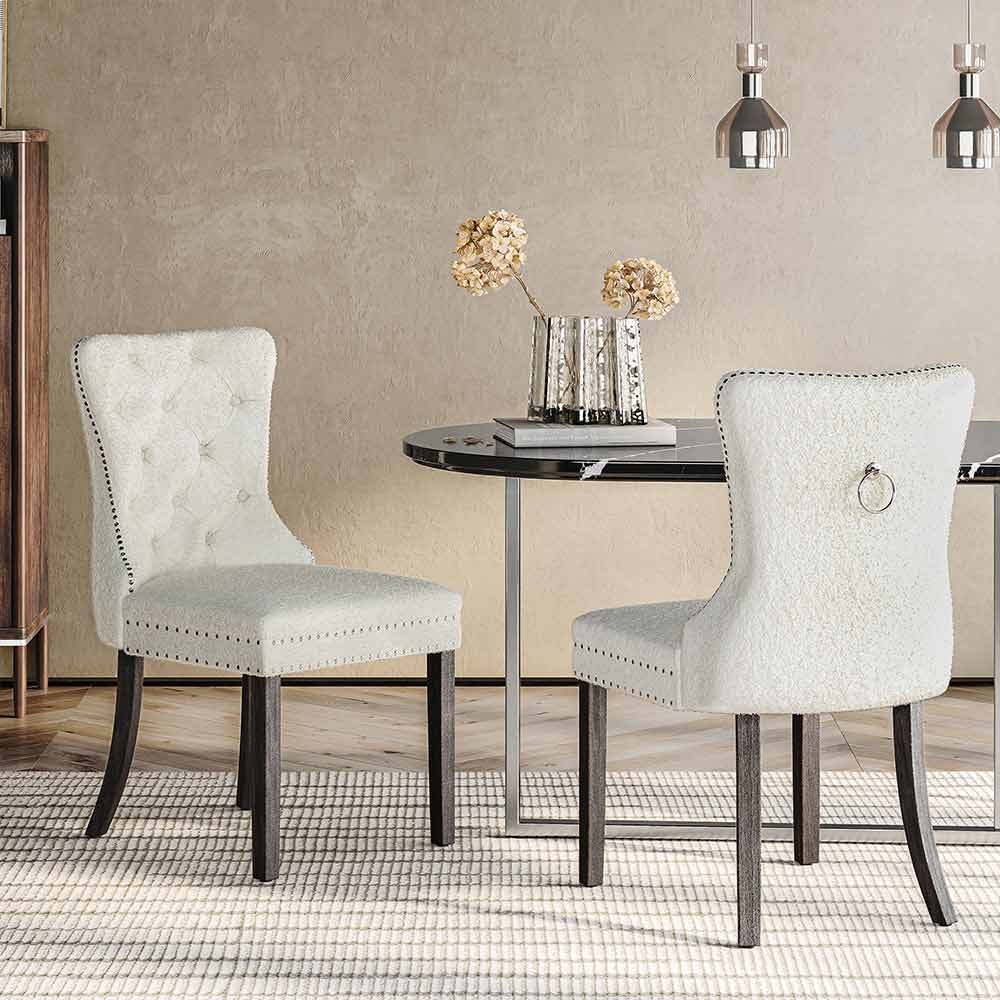


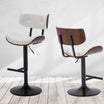
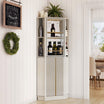



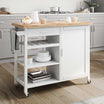



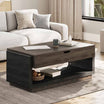




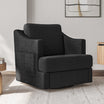




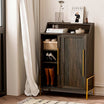







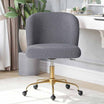



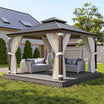
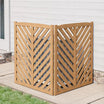
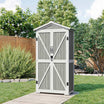
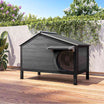
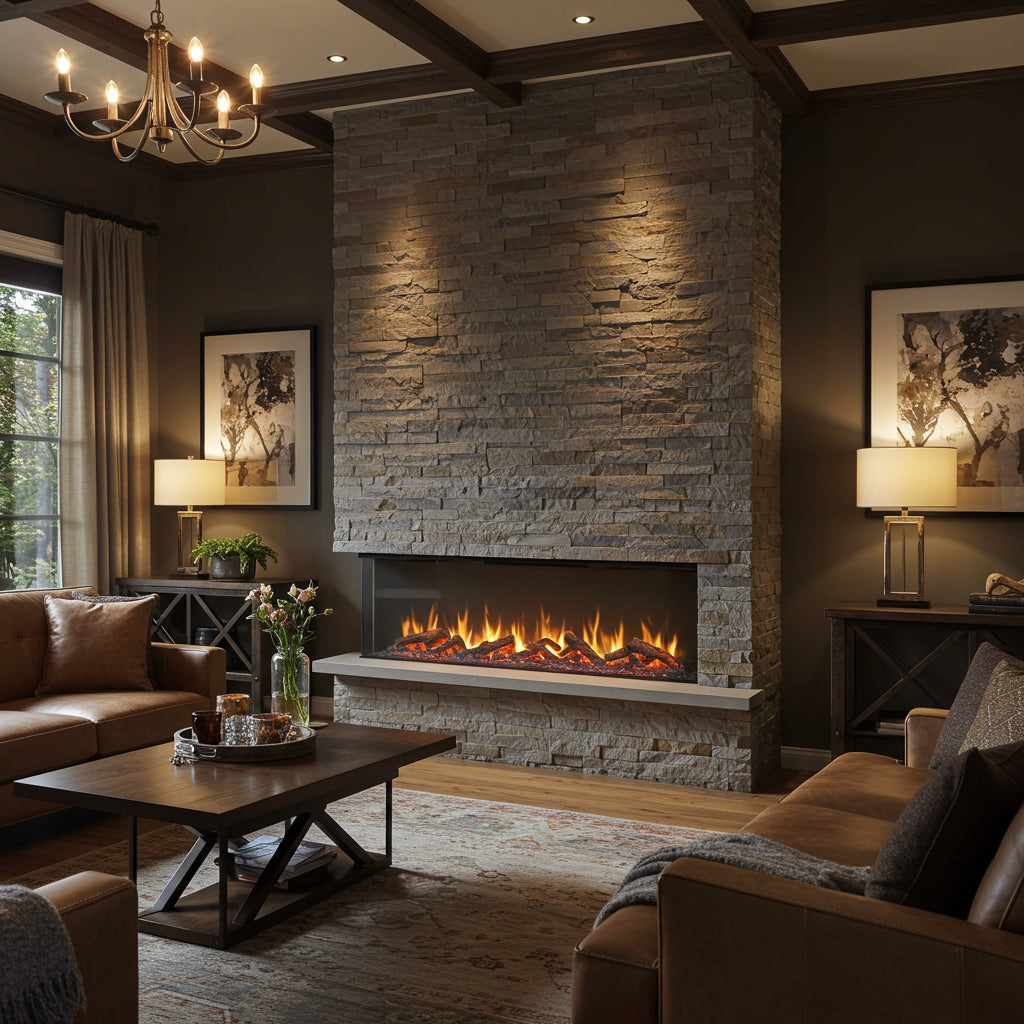


Leave a comment
This site is protected by hCaptcha and the hCaptcha Privacy Policy and Terms of Service apply.